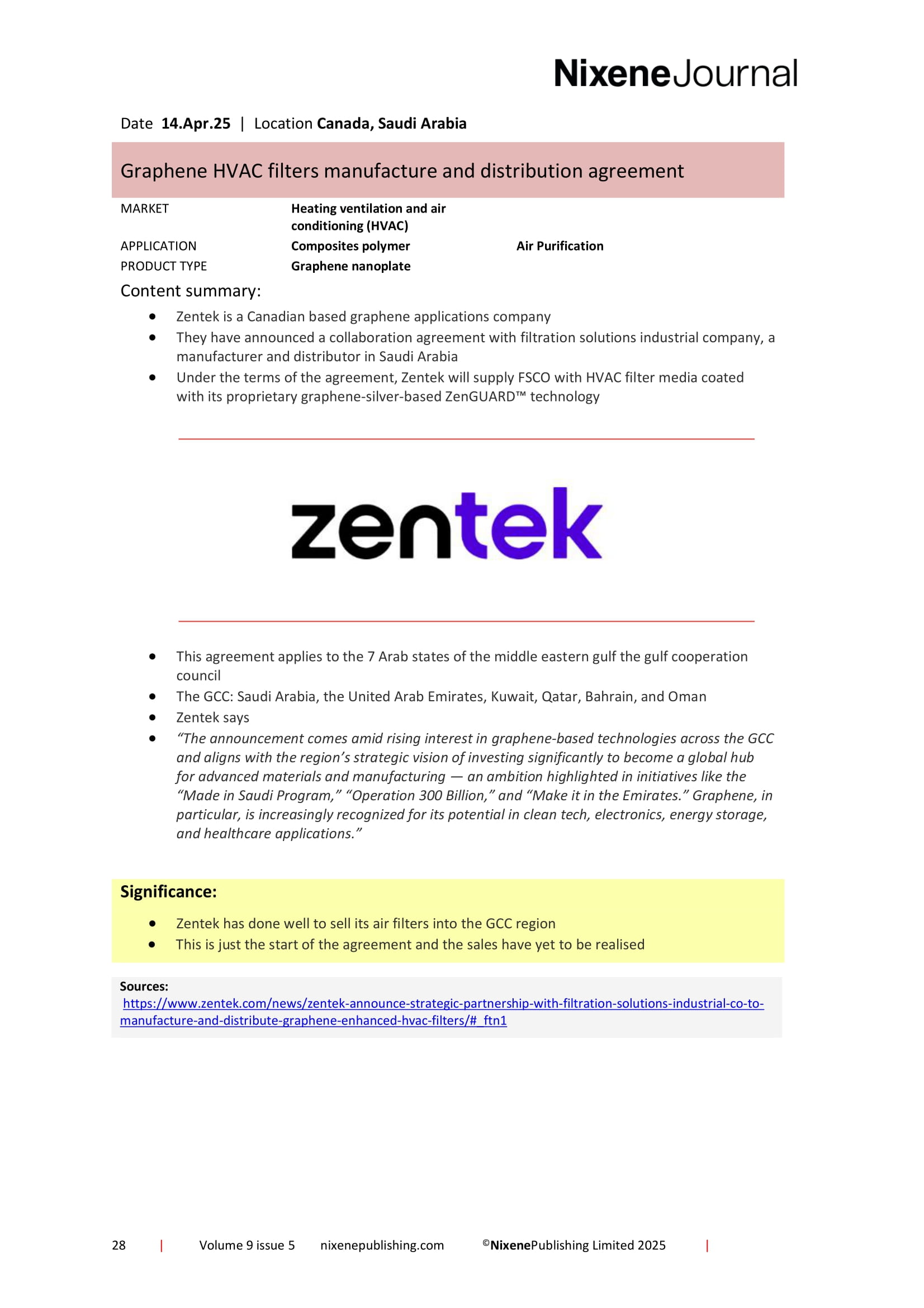Journals
This product is relevant to the following:
Material:
Other:
, ,Locations:
Markets:
Applications:
Product Types:
Technologies:
Related products
-
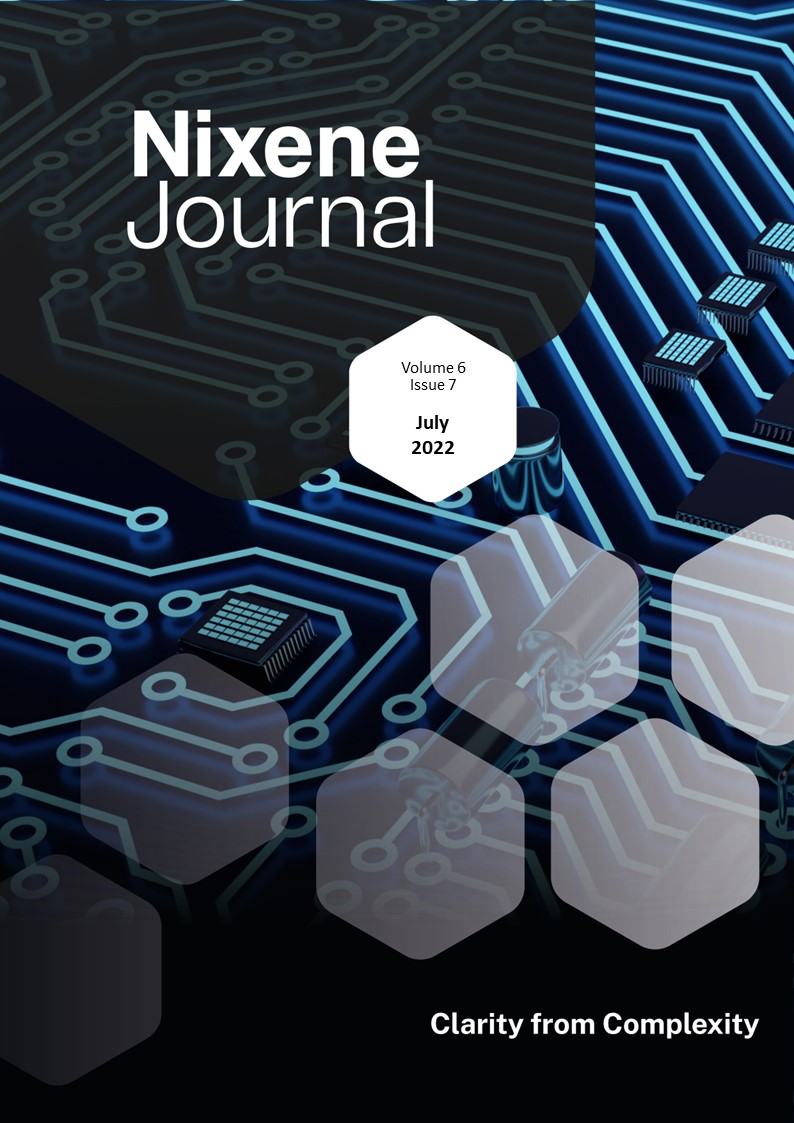
Vol 6 Issue 7
Evidence is mounting in support of the low toxicity of graphene. The Swiss federal research laboratories have added to the body of evidence this month (p.16). They explored the effects of dusts generated by graphene enhanced polymers when they are abraded and found no toxic effects and minor respiratory inflammation. This means the dusts created during the recycling process of graphene enhanced polymer composites (in this case, nylon PA6) represent a low health hazard. As a regular reader, you will know that graphene is being trialled as an additive to enhance the life of asphalt roads. In the UK Kent County Council and the University of Nottingham have just released data from the field trials on roads in the county (p.33). They found that graphene: • Extends the surface lifetime by approximately 2.5 times to last up to 25 years • Over 65-year asset life, a carbon saving of 23kg CO2/m2 of road surface • Created a 32% reduction in cost over the lifetime of the asset Graphene applications supported by data get more of our attention. GMG has commissioned its graphene enhanced battery plant in Australia. These batteries have a lower energy density than lithium ion and nickel metal batteries. This might not sound important, but aluminium and graphene are common materials that can be made with low environmental impact when compared with lithium, cobalt & nickel. A new electric vehicle has been launched this month. UK hypercar manufacturer has presented its Apricale hydrogen fuel cell electric vehicle (HFCEV). The car has a top speed of over 300km/hr and a range over 500km. Graphene enhanced polymer composites are used to make the hydrogen fuel tank. The car does need batteries but because these are for supporting power it needs much less than a normal EV. This raises an interesting possibility, could lower energy density battery technology such as aluminium ion be used in conjunction with fuel cell technology to make better, sustainable electric vehicles? All these developments use graphene powders. Meanwhile large area sheet CVD graphene makes steady progress. A team at the University of Texas has made a ‘graphene tattoo’ sensor that can be applied to the skin to continuously monitor blood pressure. Using graphene means there is no inflammatory response from the wearer, and the sensor provides the highest sensitivity rating. Continuing the CVD theme, we interview the CEO of one of the leading graphene manufacturing companies, Jeff Draa provides insight into how he makes his CVD graphene and how they monitored customers to help them focus on the applications most likely to drive commercial success. You can find out about all this and more in this fascinating issue, dear reader please read on… Adrian Nixon 1st July 2022£45.00 View product -
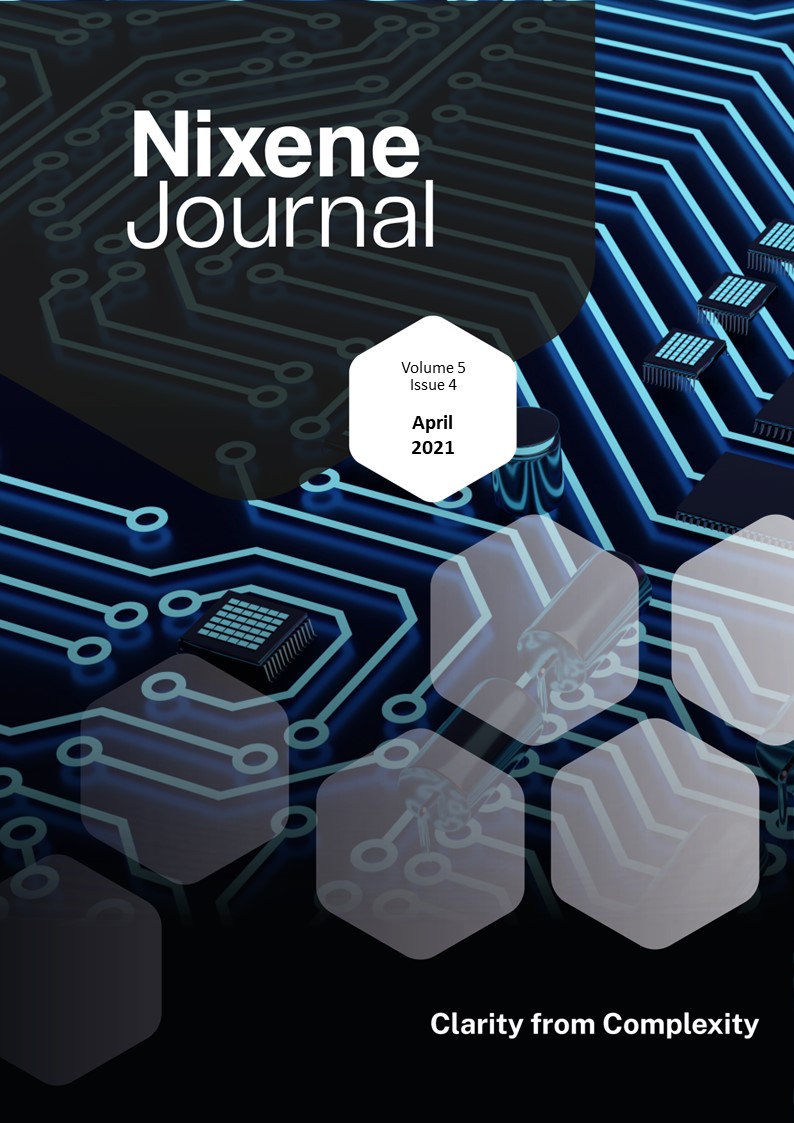
Vol 5 Issue 4
I need to start this month’s issue with a correction. In the last issue (Vol 5 iss 3 p.13) I stated that Kostya was moving from Singapore to Russia. Thanks to our rather well-informed readership, I have been told that Kostya is indeed taking up the position of head of the Brain and Consciousness Research Centre in Moscow, Russia. However, he is not leaving the National University of Singapore. Onward with our usual Accuracy, Brevity and Clarity. Normal ABC service resumes. This month we had a meeting with Prof. James Tour and the GEIC. Thanks Debbie. The work on Flash Graphene (FG) is advancing faster than we realised. Prof. Tour testified to Congress about the benefits graphene can bring to buildings and infrastructure in the USA. He testified to Congress in 2017 and now said “Four years later I’m here to report that the future has arrived” (see page 21). You will know that FG can be made from anything that contains carbon. Waste plastic is a favourite (Vol 4 iss 8 p.9). We learned that Flash Graphene can now also be made from furnace black, the by-product from the leading ‘green’ manufacturing process for Hydrogen (see page 22). The Rice University laboratories and spin out company, Universal Matter, are working on the production of Flash Graphene. The pace is fast. Every nine weeks doubles the scale at which FG can be made. Flash Graphene is something we’ll watch closely. If the team can continue to scale up the process it has the potential to make many other methods for making graphene powders obsolete. We have three special features this month. A review the state of the industry for manufacturing large scale sheet graphene, and interviews with two graphene company business leaders, Maví Figueres and Dylan Banks. Such is the pace of change, while we were writing the special feature, General Graphene sent samples of their monolayer and multilayer graphene to the International Space Elevator Consortium (ISEC). The samples will be sent to the International Space Station (ISS) for testing. We have the first pictures of these large-scale graphene samples in this issue (see page 29) It is worth noting that Graphene has gone from impossible to industrial in just 17 years. Astonishing. Other things to draw your attention to include an emerging controversy with graphene facemasks in Canada (see page 30) and new perovskite 2D materials start to feature in this issue. You’ll discover more as you read on. Adrian Nixon, 1st April 2021£45.00 View product -
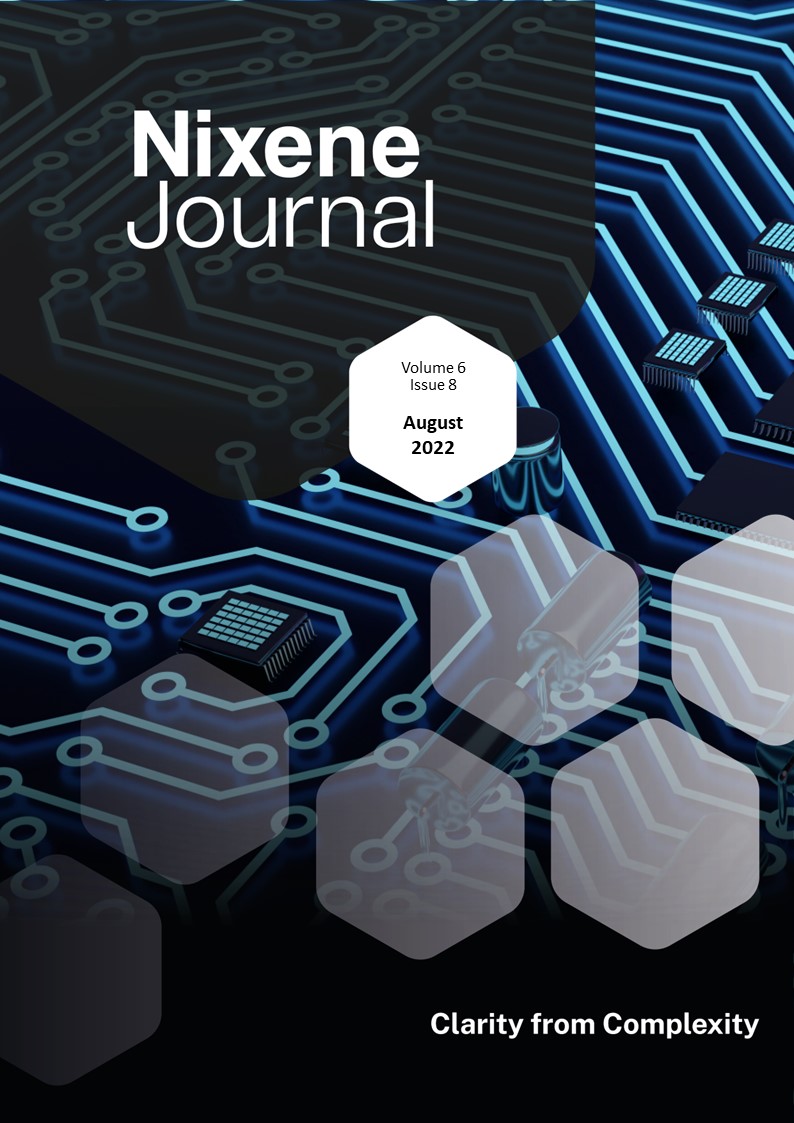
Vol 6 Issue 8
Graphene enhanced concrete features several times this month. It seems that the world is starting to pick up on the environmental benefits. A new reservoir dam is under construction at Almudévar, northeast of Zaragoza in Spain. Graphenea and the University of Madrid have a graphene enhanced concrete trial on site. The trial is on non-structural components as you would expect for a new material on a critical project. The early results are showing that the addition of graphene will make the concrete last 50% longer. The Almudévar project would be notable just for this. What is interesting is the reaction of the leadership of the construction company, Lantania Group, building the dam. "This new additive is undoubtedly a step forward in improving the sustainability of infrastructures. By increasing its durability, we will be able to make concrete a more environmentally friendly material," Federico Ávila, President of Lantania When the top management of big construction companies start to make public statements like this, we know that things are starting to change. Another development with a sustainable theme is the industrial pilot scale recycling of end of life lithium-ion batteries from electric vehicles. The Hydrovolt plant in Norway can already recycle 12,000 tonnes of battery packs each year. The company reclaims 95% of the plastics and metals but the graphite electrodes were a waste stream. Graphmatech and Graphenea have collaborated to take the graphite waste and upcycle it into graphene oxide. This is a very encouraging development. Moving from graphene powders to large area sheet graphene, we have a special feature this month exploring the new material that will emerge in the foreseeable future. This is a Van der Waals homostructure of multi-layer large-area sheet single-crystal graphene. We propose a new name for this material; Graphene Super-Laminate (GSL). We will explore the properties of GSL in future issues, it promises to realise the full potential of graphene’s superlative properties. In this issue we start to see this new material being considered as the last piece of the puzzle for a world changing technology – the space elevator. Visions don’t come much bigger than this, and it just might be that graphene could play a key role in making this happen. You can find out about this and more in this issue, dear reader. Adrian Nixon 1st August 2022£45.00 View product -
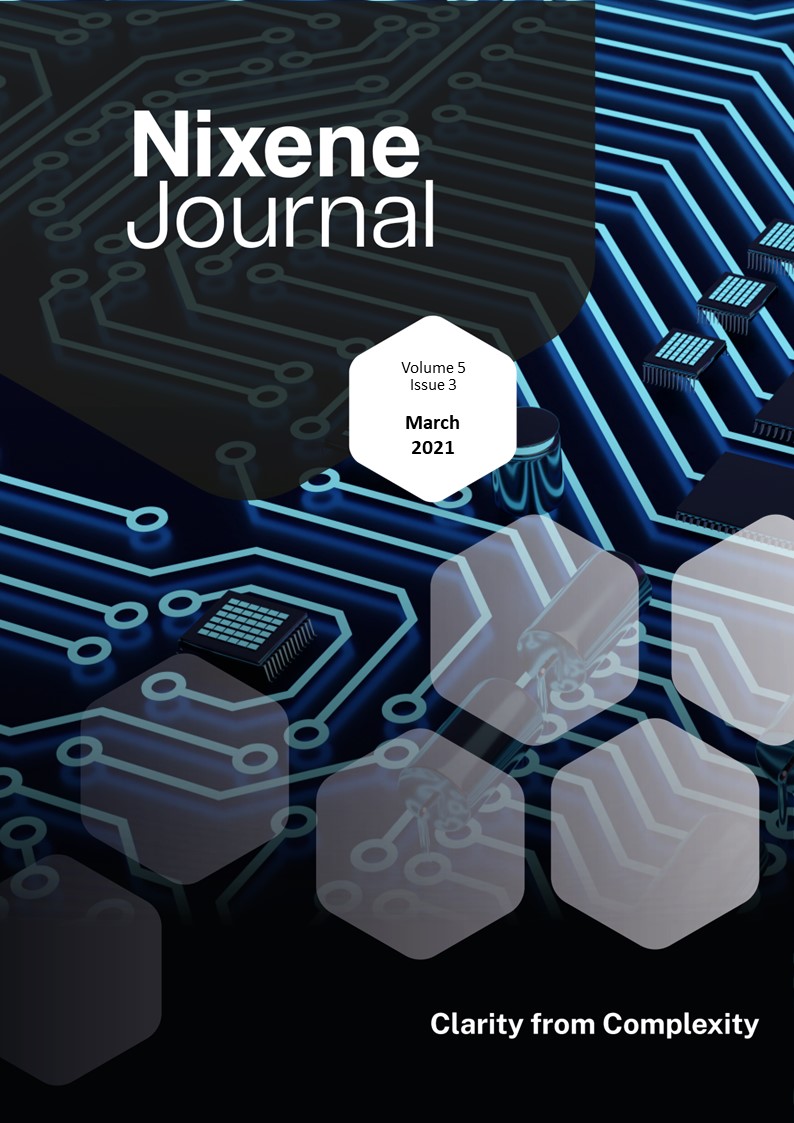
Vol 5 Issue 3
Graphene and 2D materials are still creating scientific progress and the pace is if anything speeding up. You may recall from 2018 that MIT discovered twisted bilayer graphene displayed superconductivity. Andre Geim said this was a genuine surprise when we interviewed him at the Graphene industry showcase event (Vol 4 Iss1 p.8). Well, the MIT team have been exploring this field of twistronics and have now found that using trilayer twisted graphene creates more robust superconductivity at slightly higher temperatures. This points the researchers towards more layers of graphene. Maybe people will start to realise multilayer sheet graphene is much more than graphite. In another development, liquid mercury has been turned into a solid by graphene and the resulting composite has promise for making a new generation of catalysts that could replace more expensive noble metals such as platinum and gold. This finding might also create the possibility to remove liquid mercury contamination from oil and gas processing. Sparc technologies in Australia has some profile this month. They have developed a functionalised graphene with the University of Adelaide. This is showing promise for land remediation and also early work is showing it has some value adsorbing precious metals from mining waste. Sustainability applications like these attract our attention, especially if followed by commercial success. Swedish company 2D fab is working on a project with Swedish research institutes to commercialise a new process for making hydrogen peroxide (H2O2) using graphene paper electrodes. H2O2 is an important industrial product used for bleaching and is an important ingredient in many consumer products. The current process for making H2O2 is energy intensive and creates waste. This new process promises to be lower energy without waste and is more environmentally sustainable. The project should complete by April 2023. Keeping the sustainability theme this month, we also see that the GEIC has started to engage with graphene enhanced concrete, This is really good news. Regular readers will know that we believe graphene in concrete will eventually become the biggest application because it has the potential to reduce global carbon dioxide emissions by 2% with very little impact on our lifestyles. A message that perhaps might reach the ears of those attending the UN Climate Chance conference later this year. As usual there is so much more to explore in this issue, including two special features by Debbie Nelson that are well worth reading. Adrian Nixon, 1st March 2021£45.00 View product

